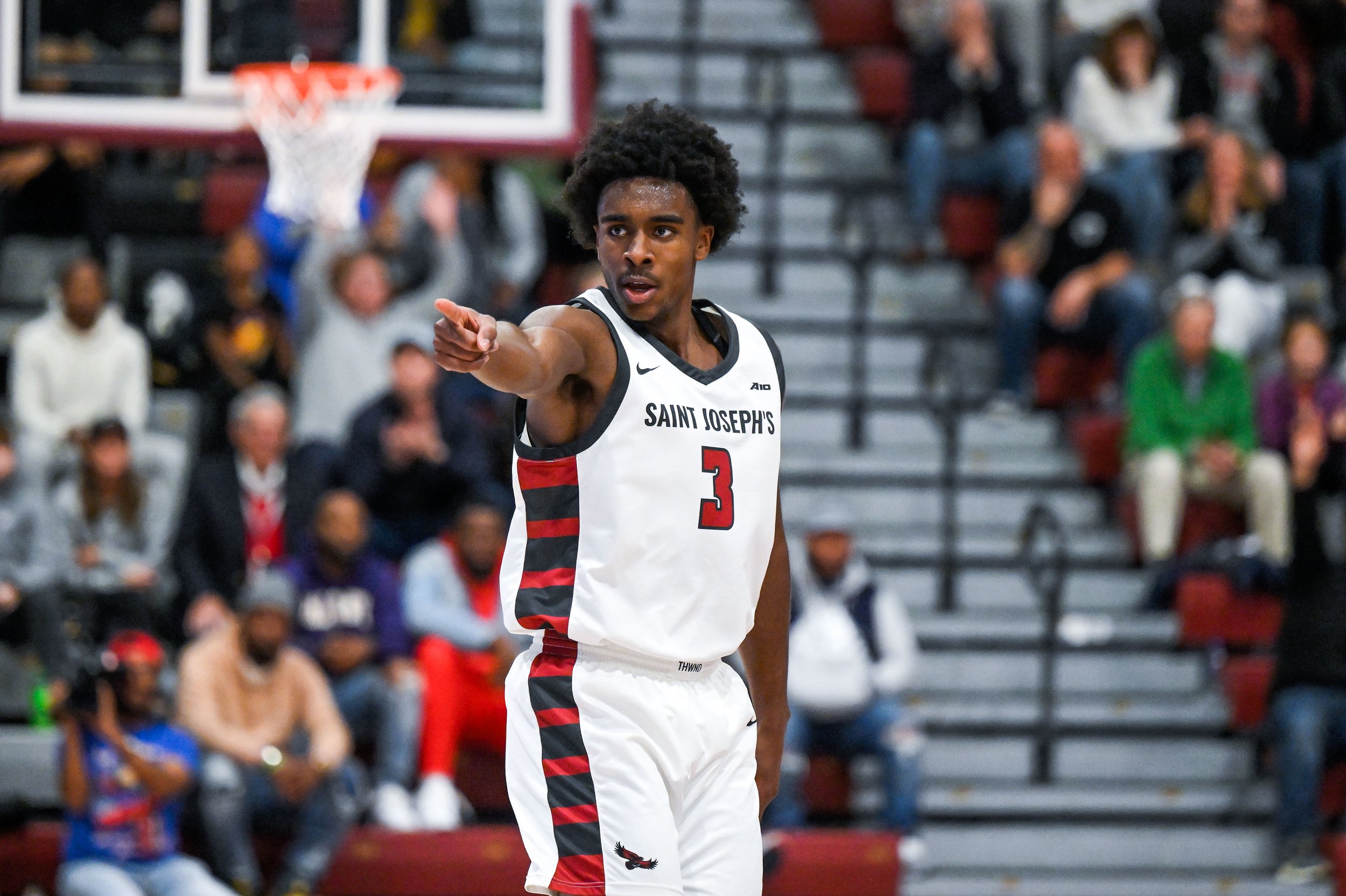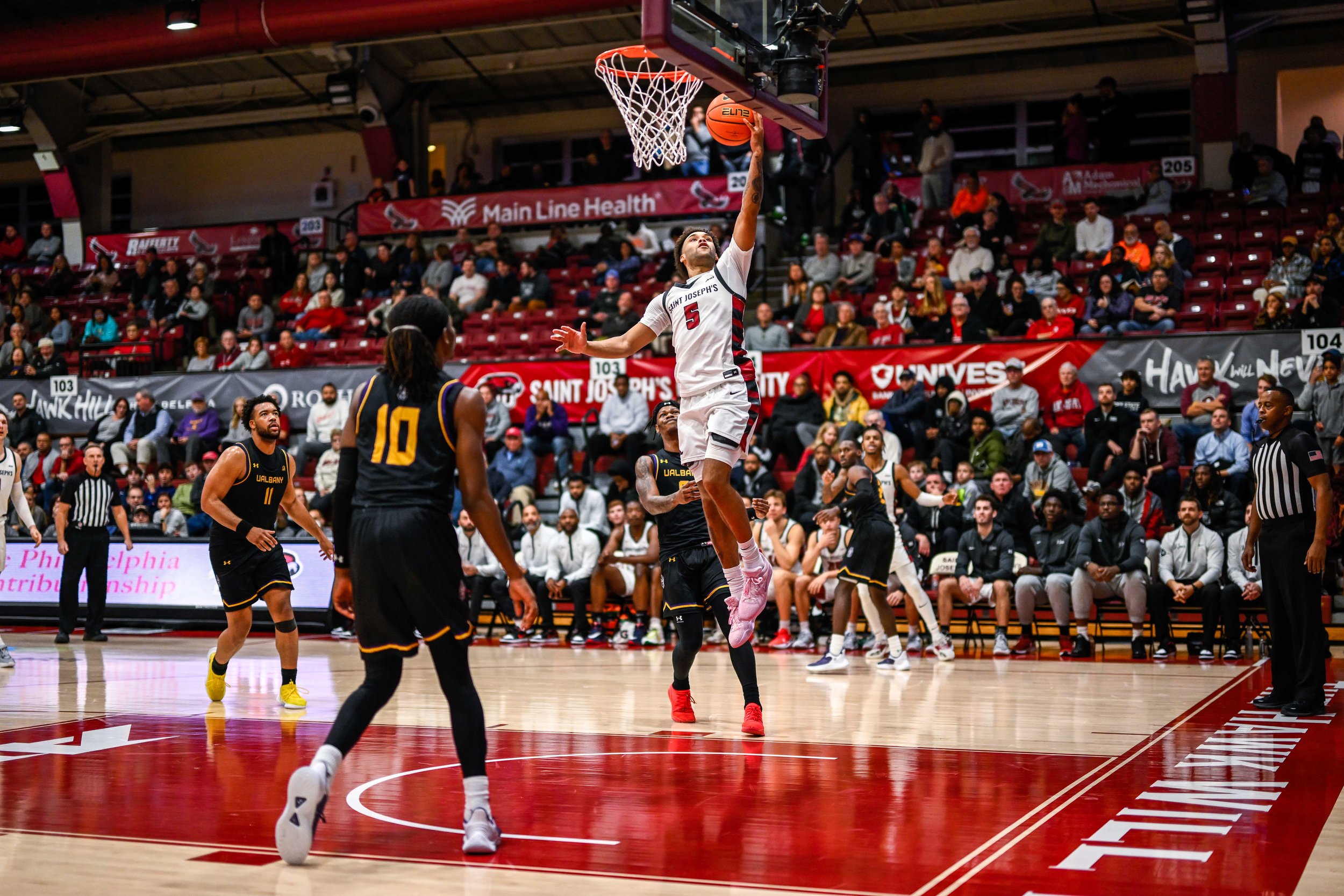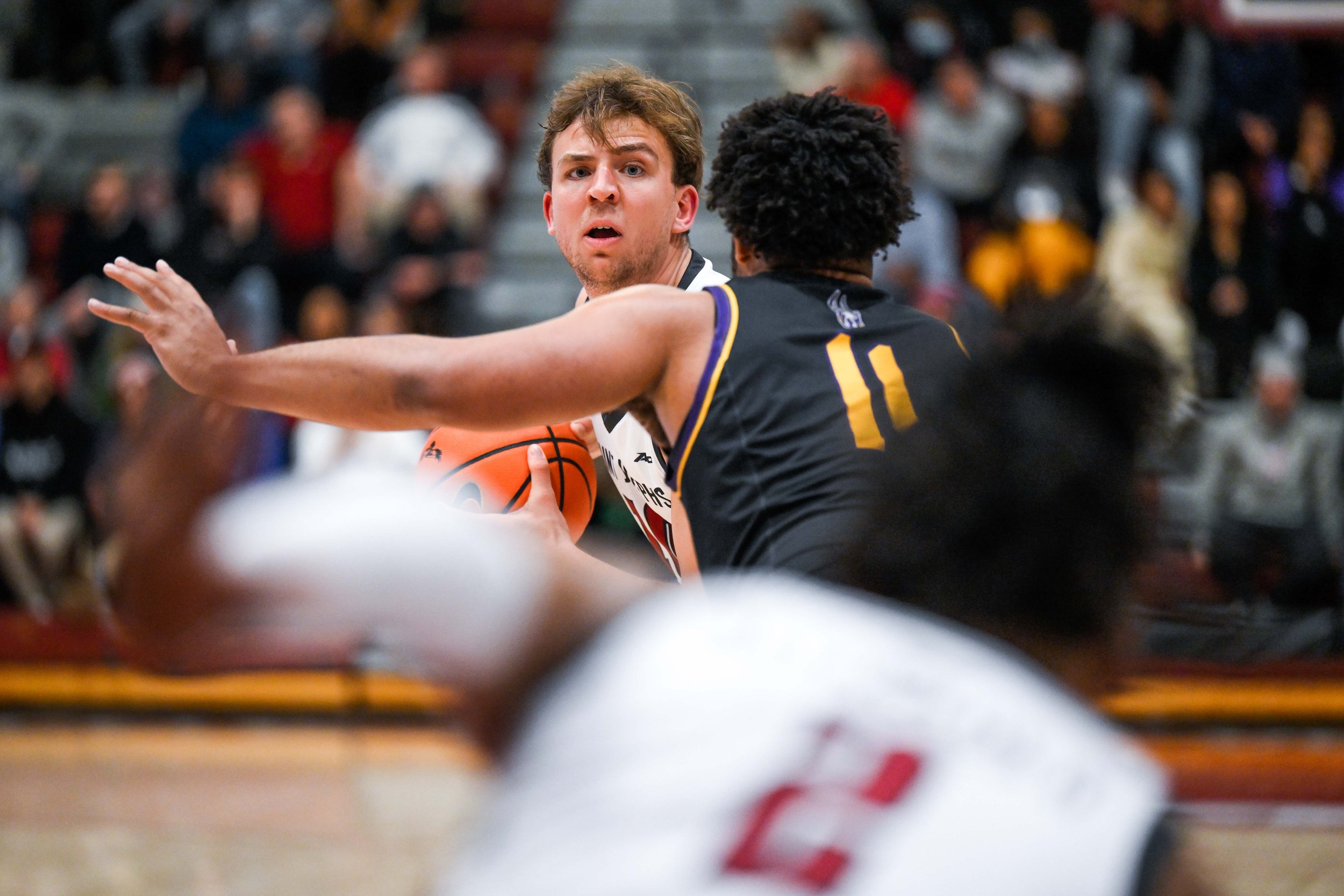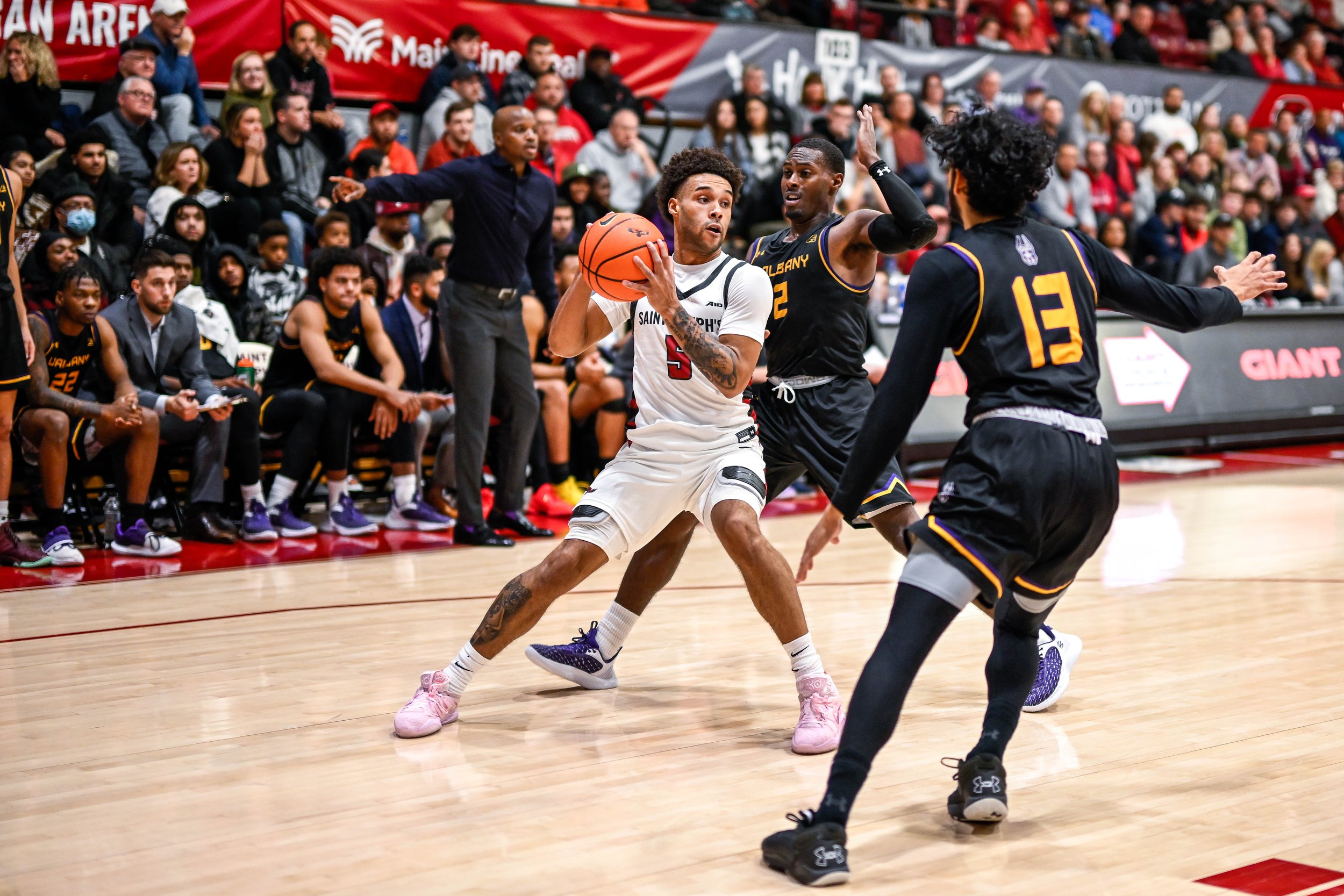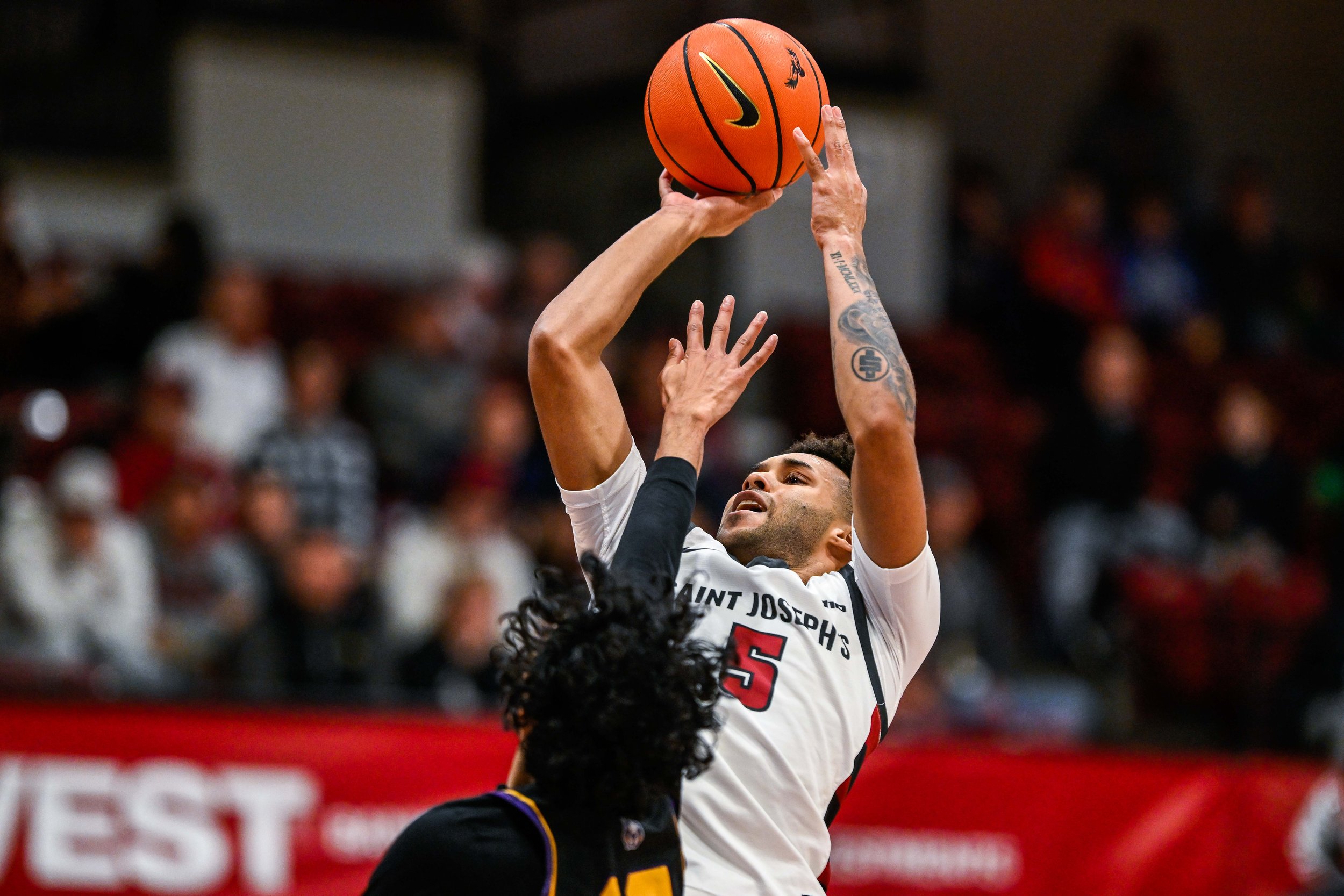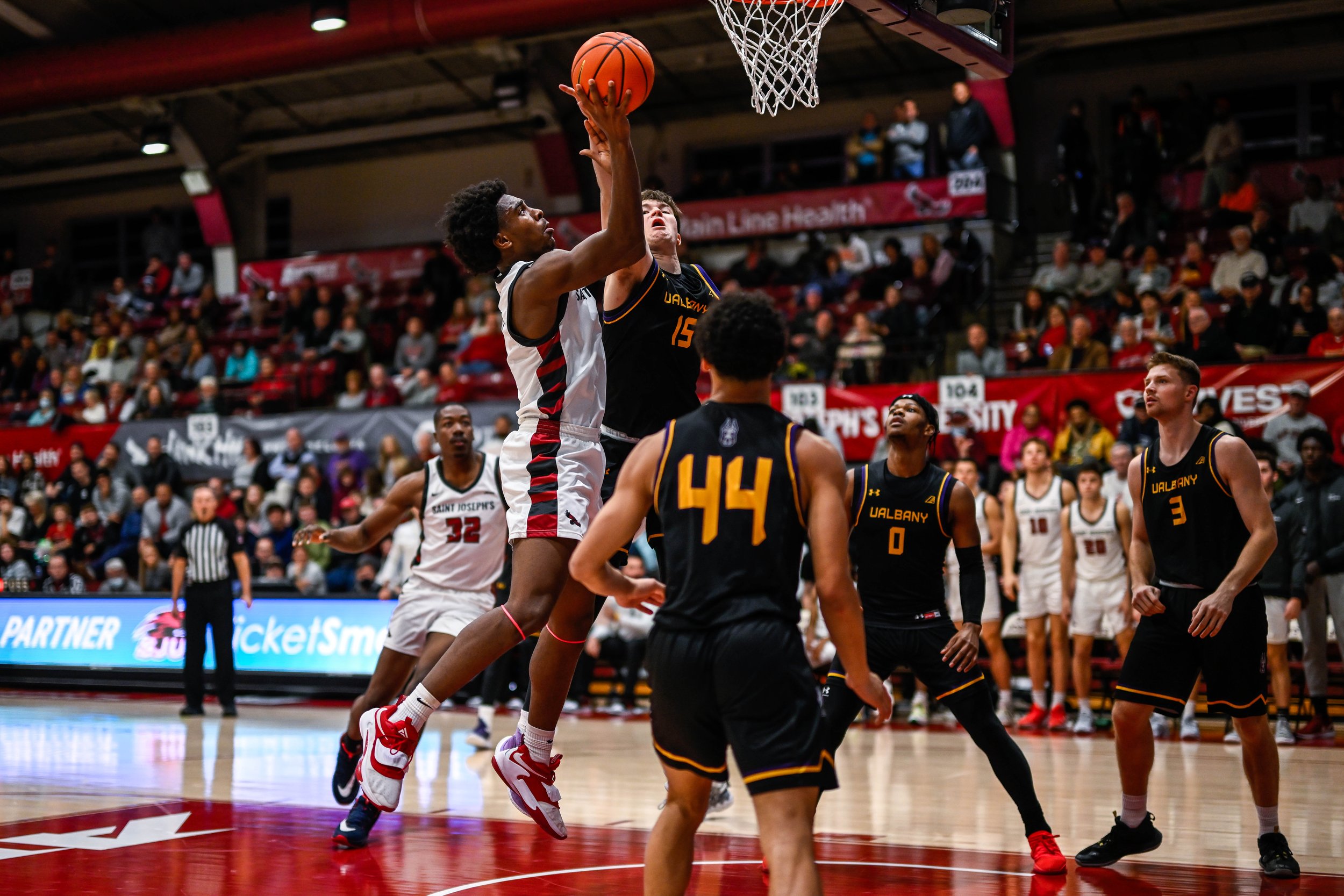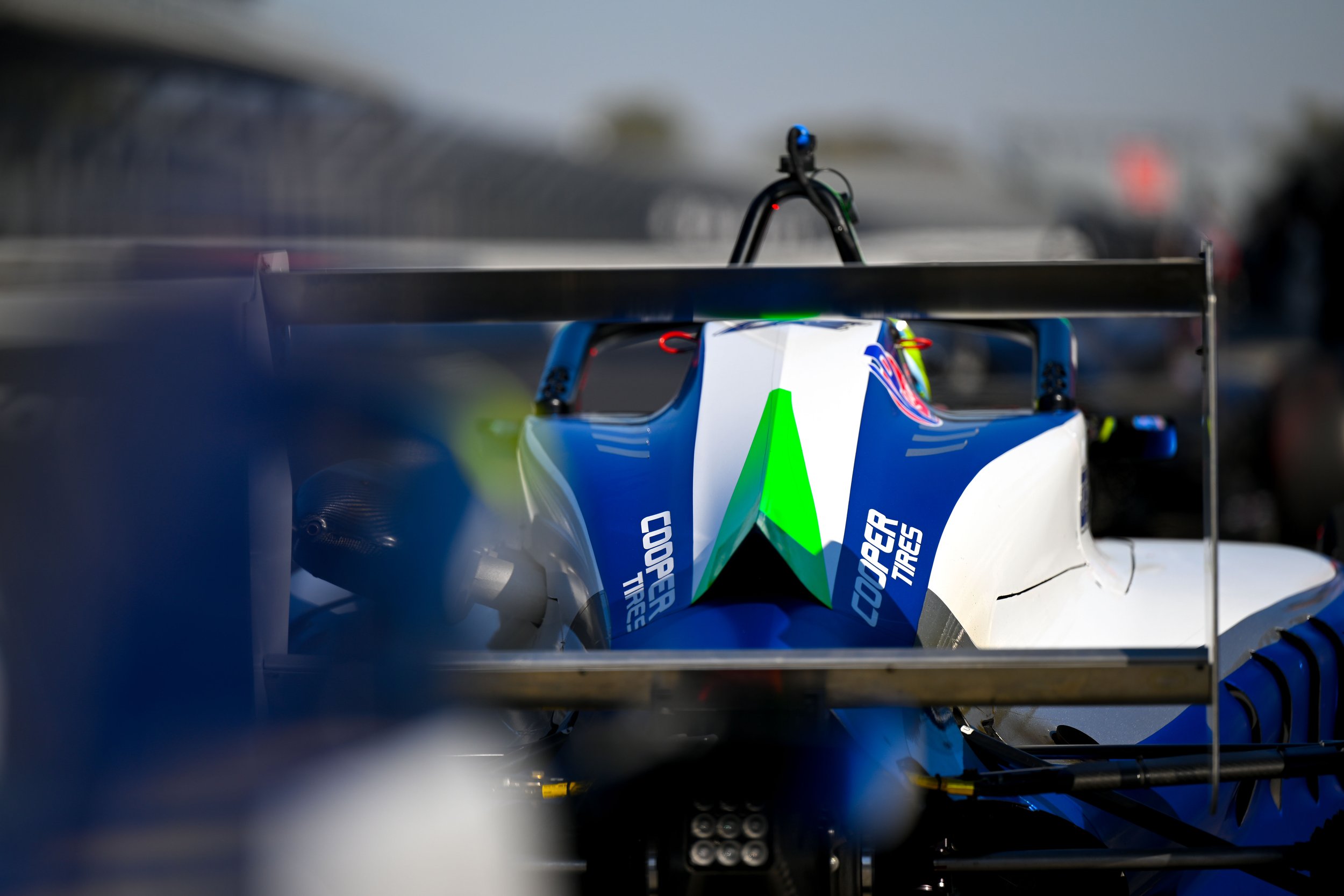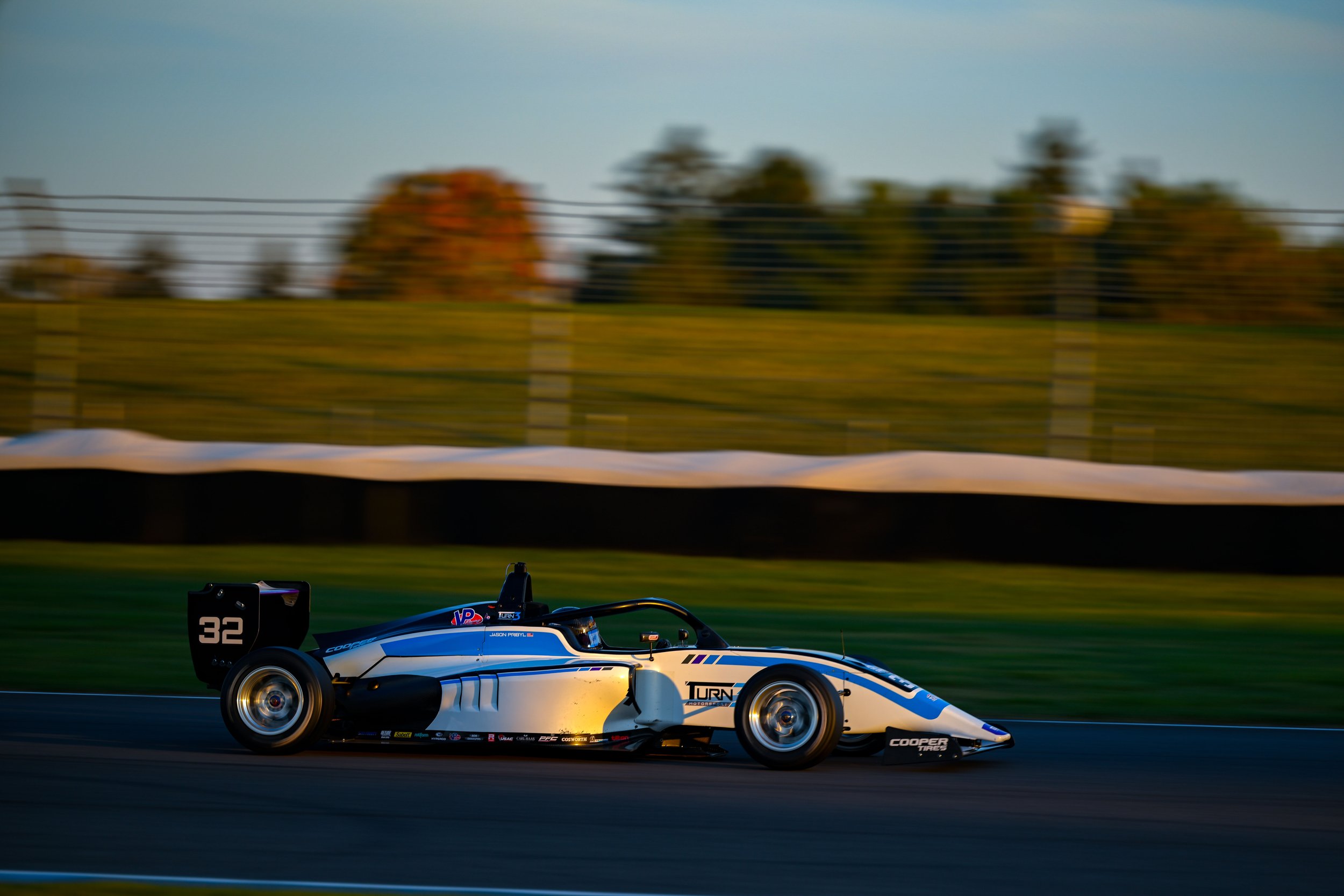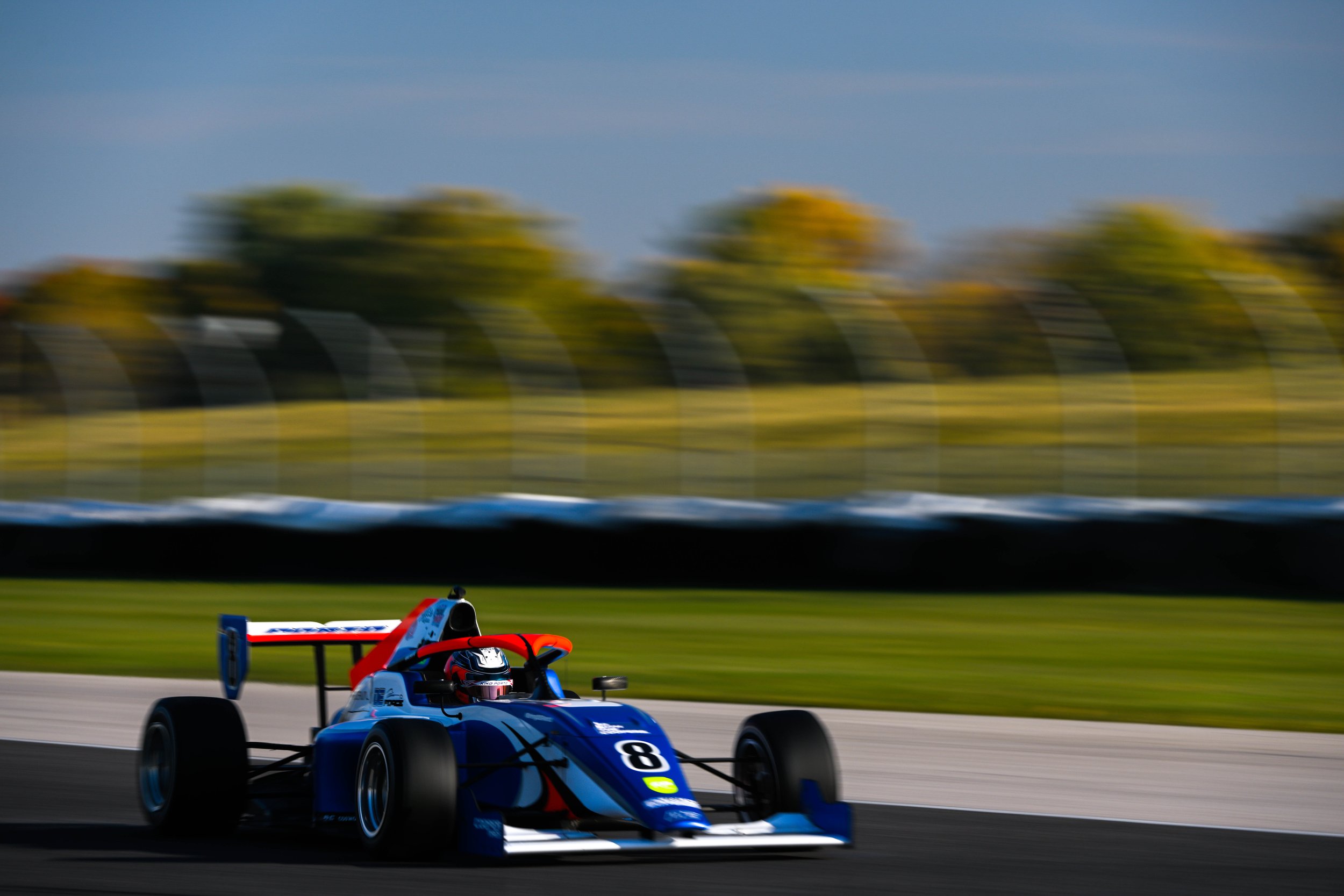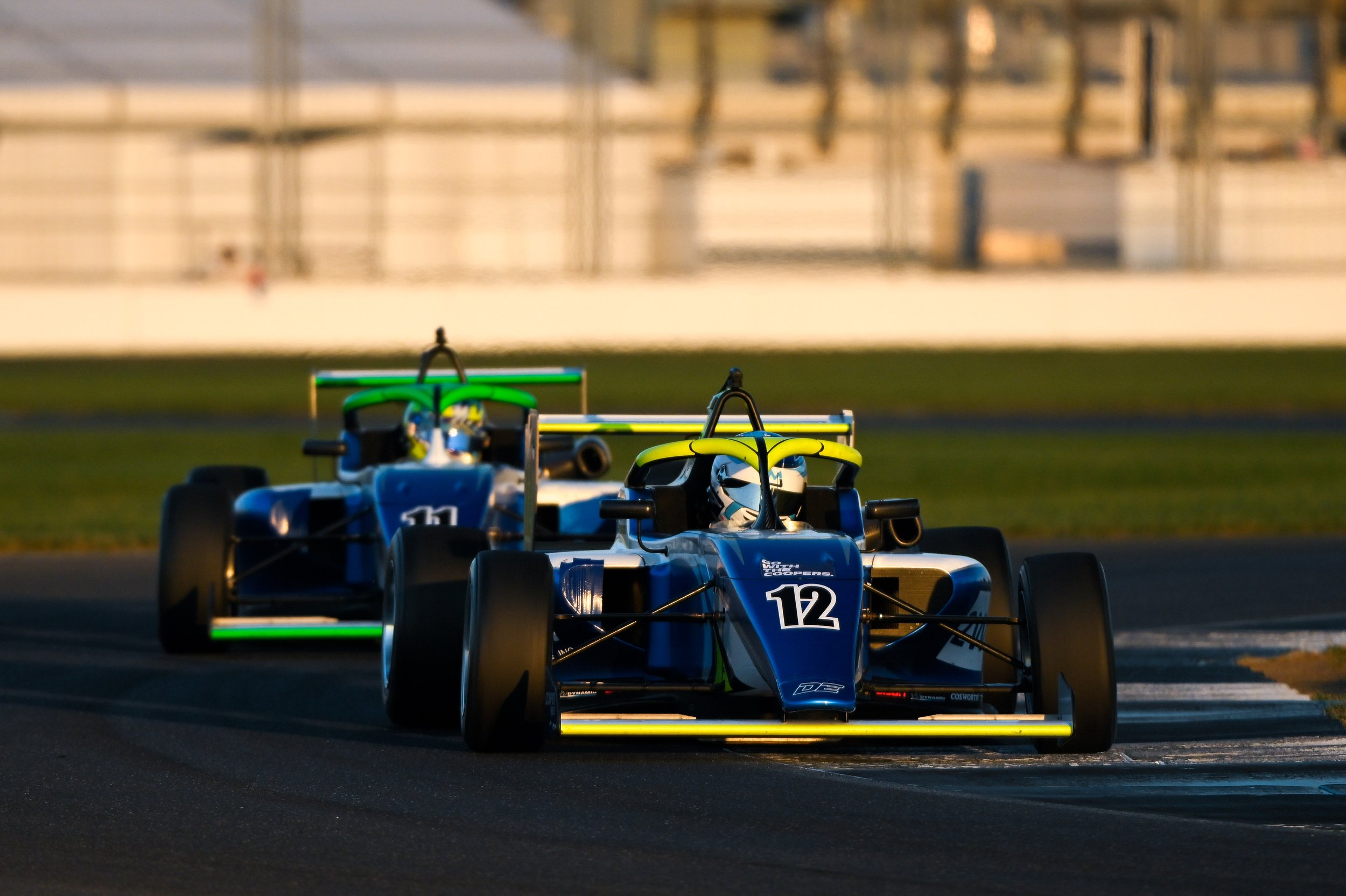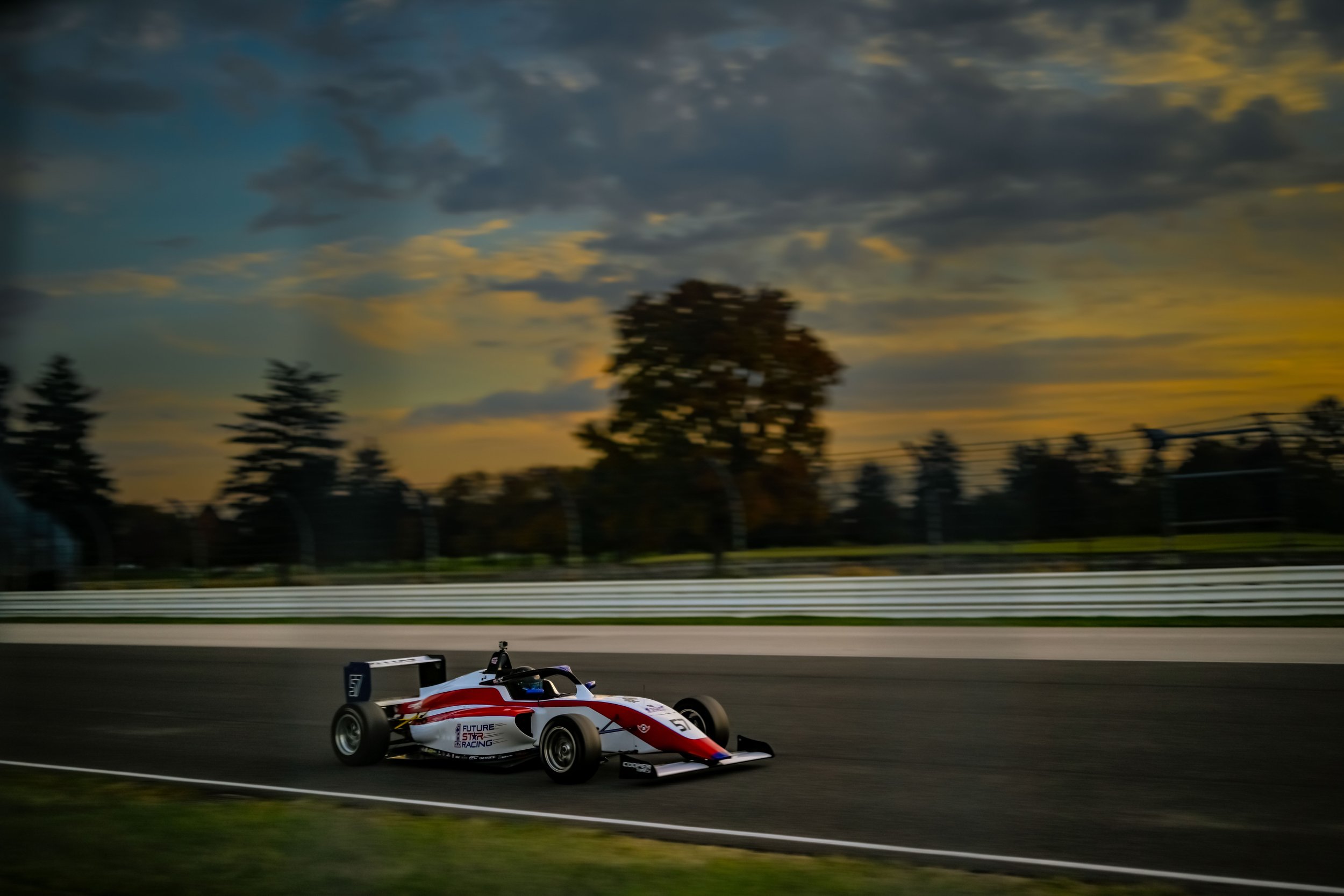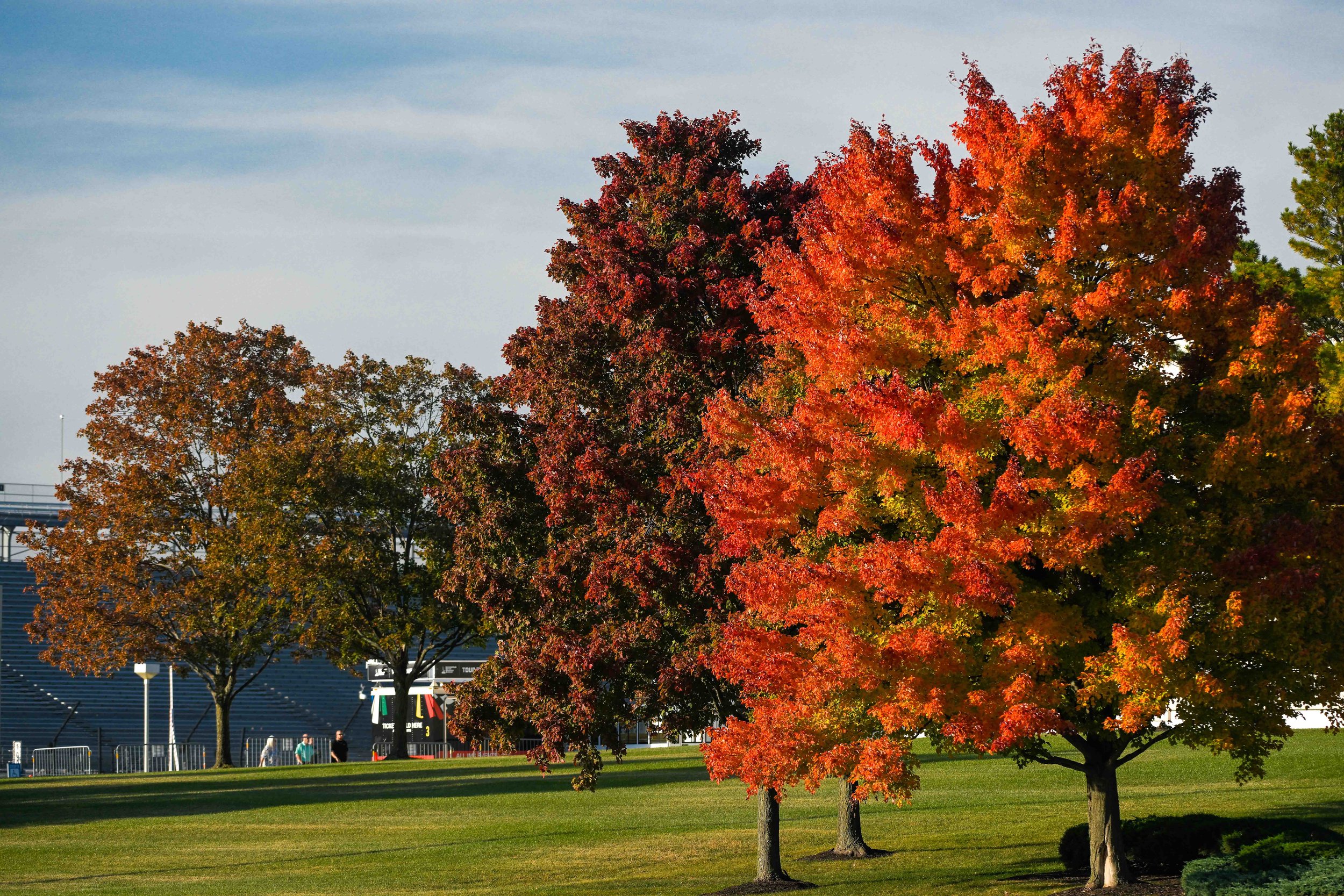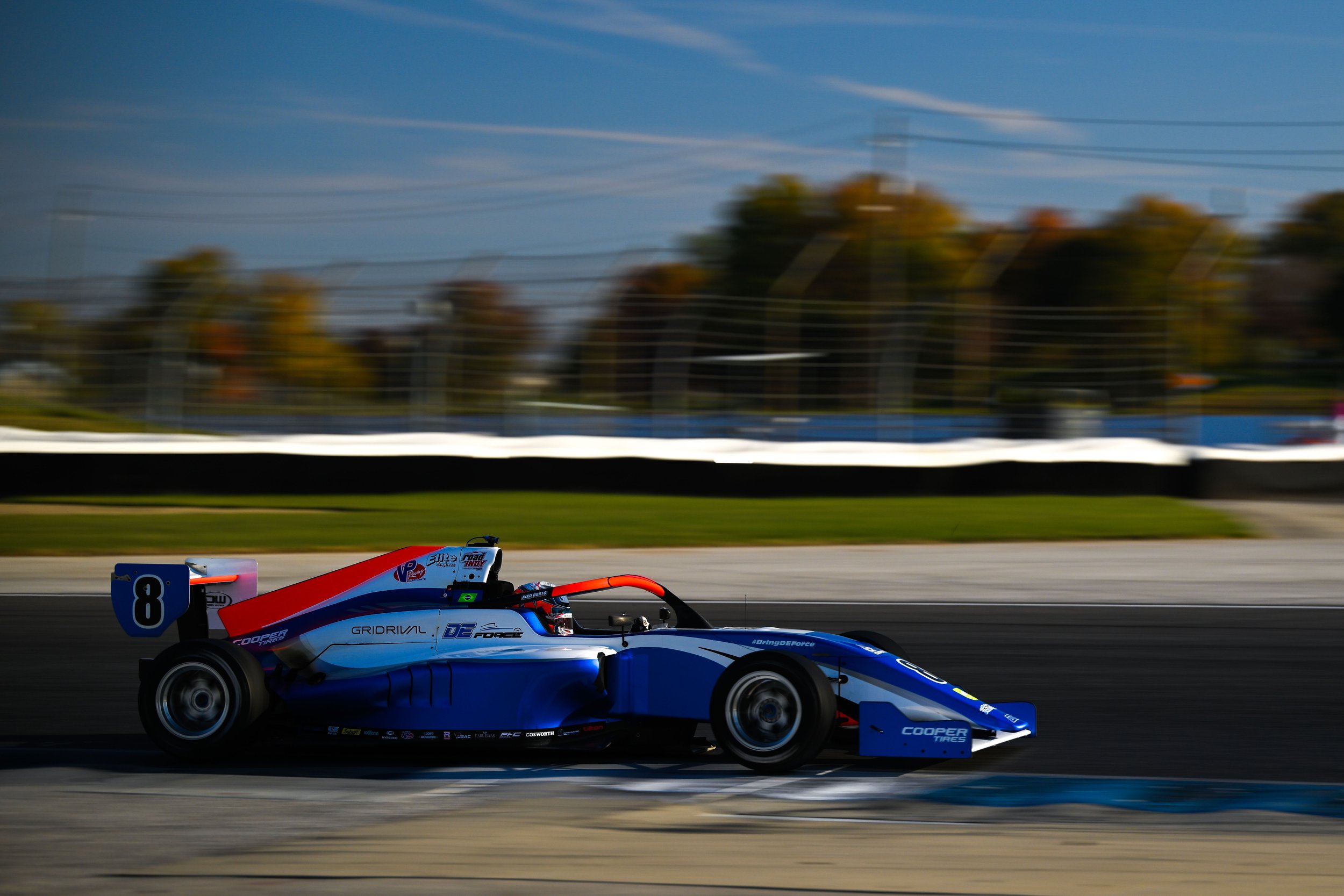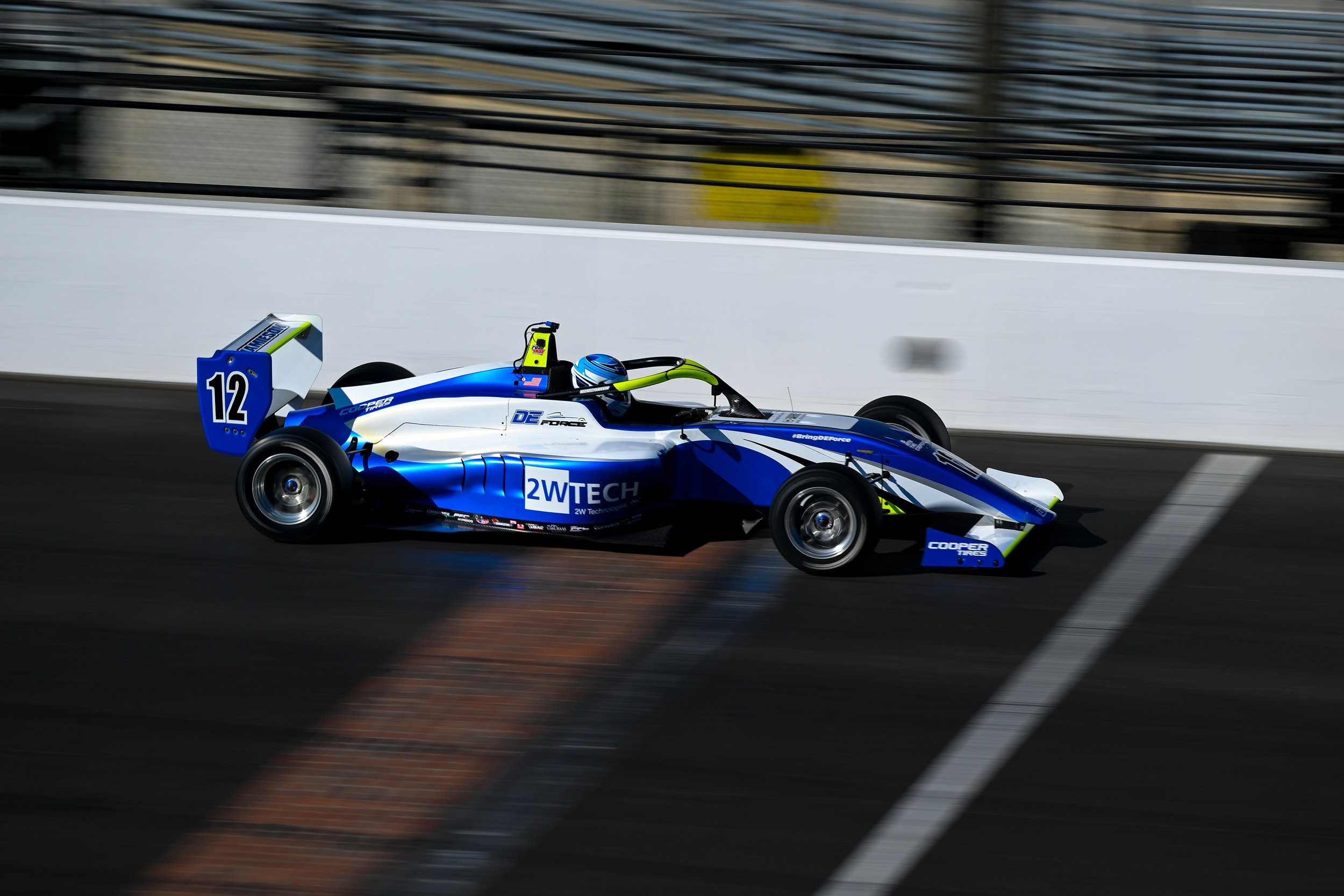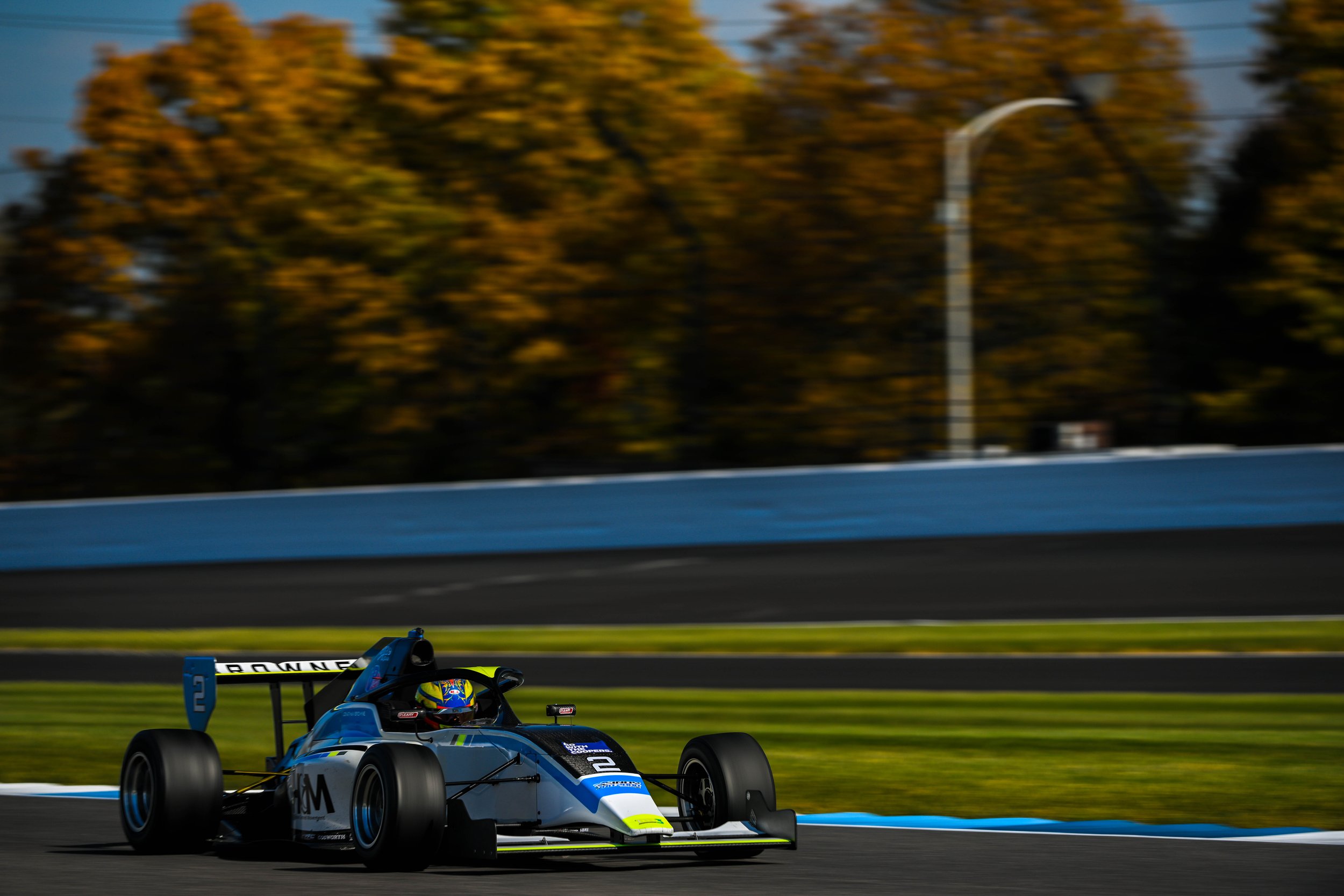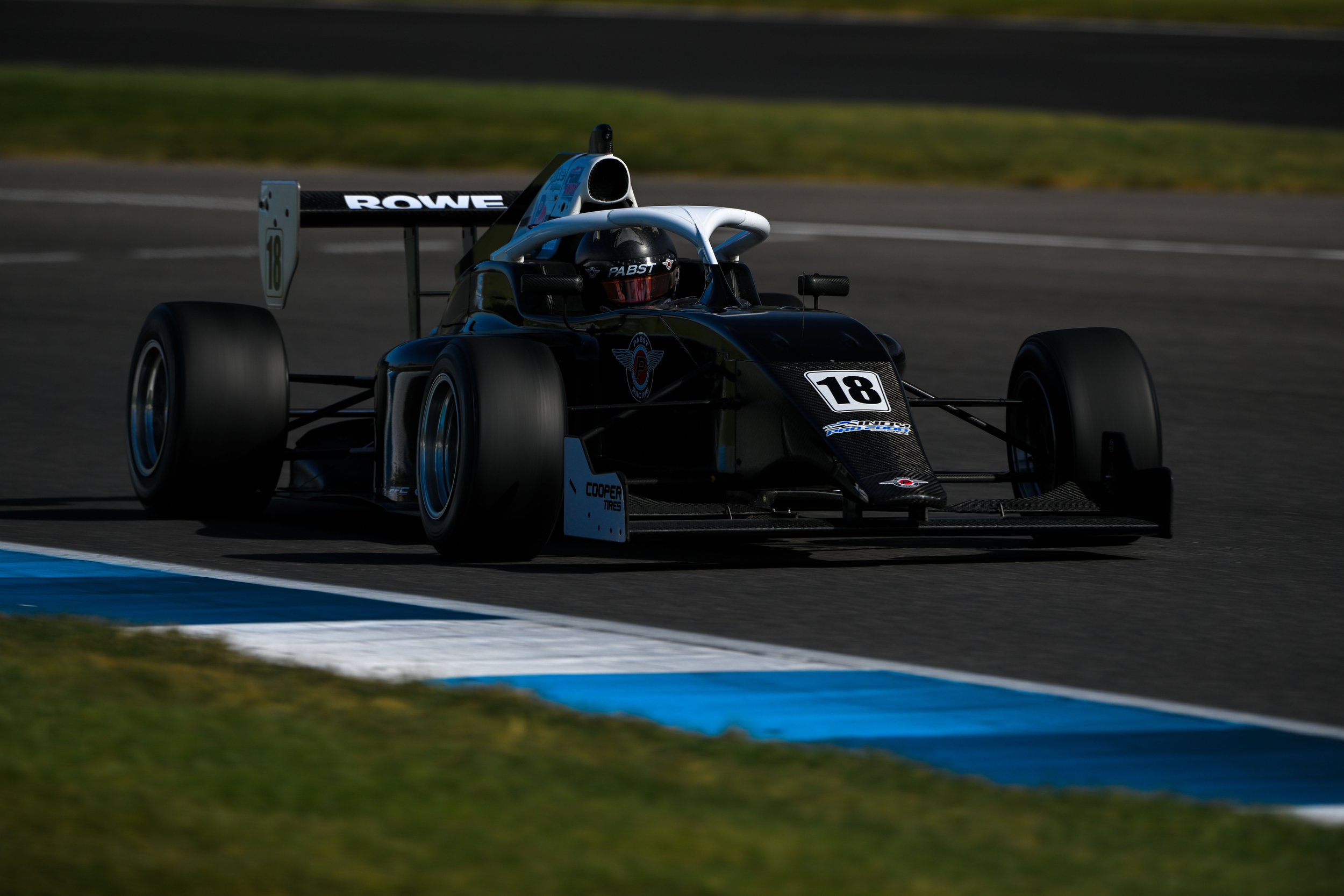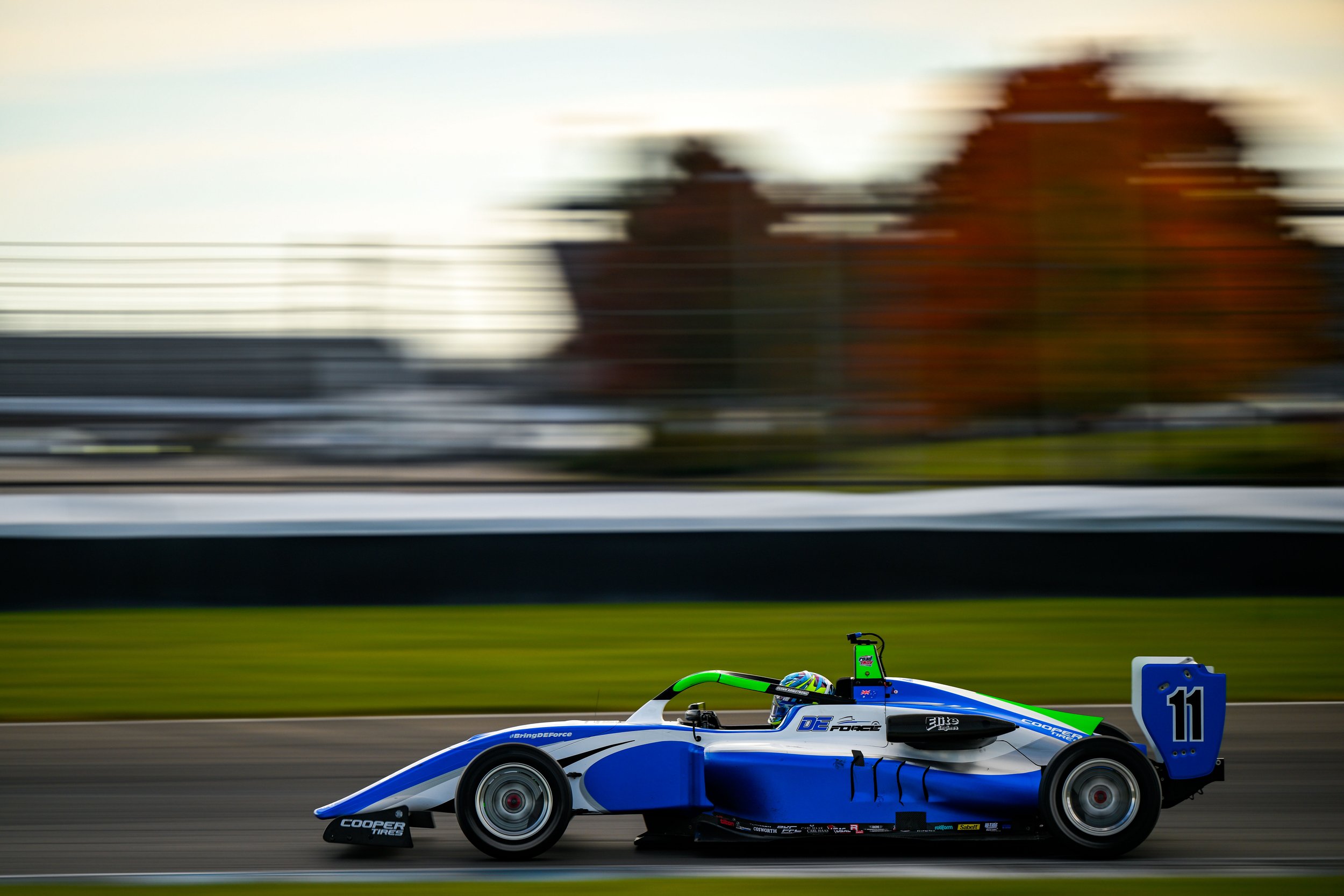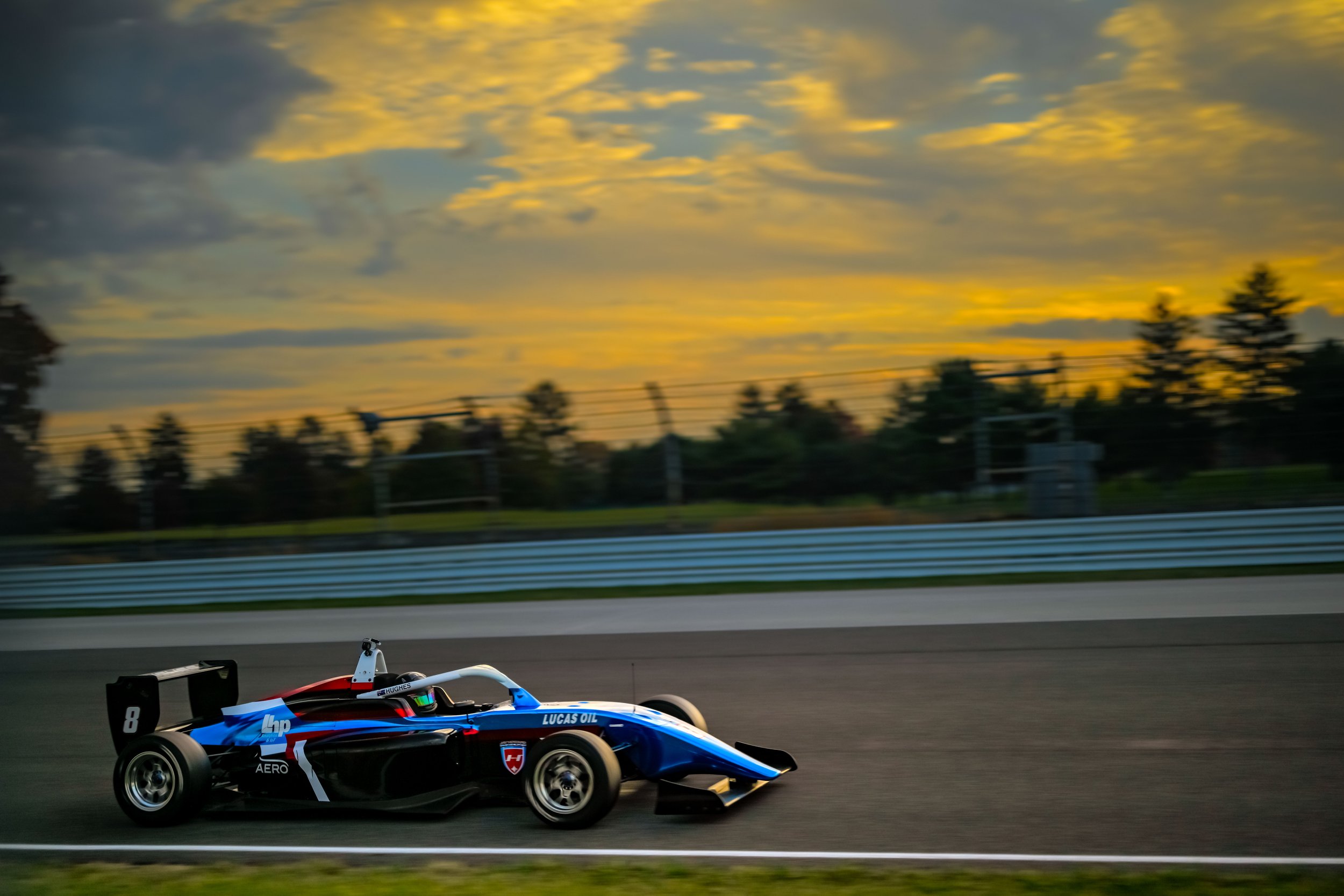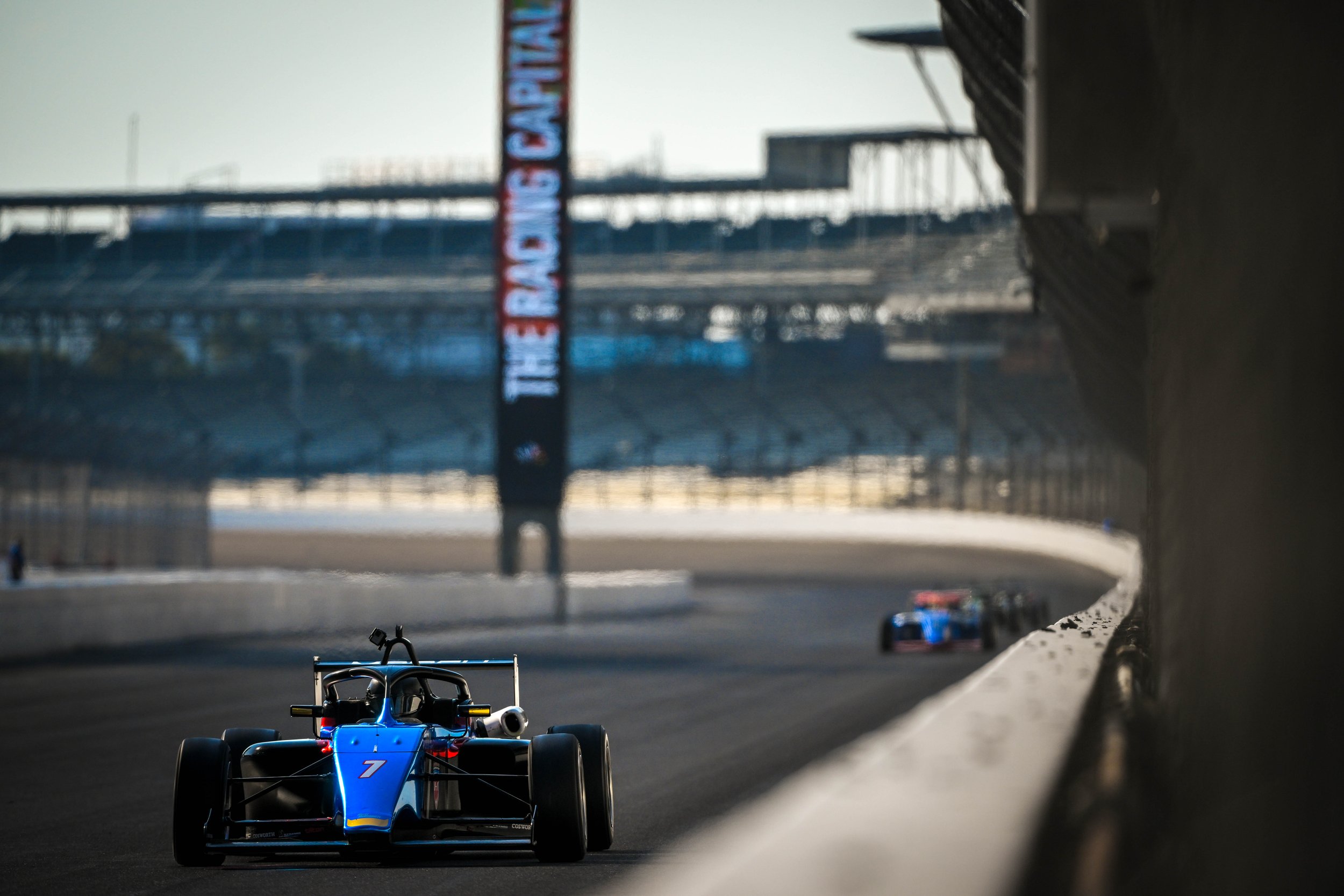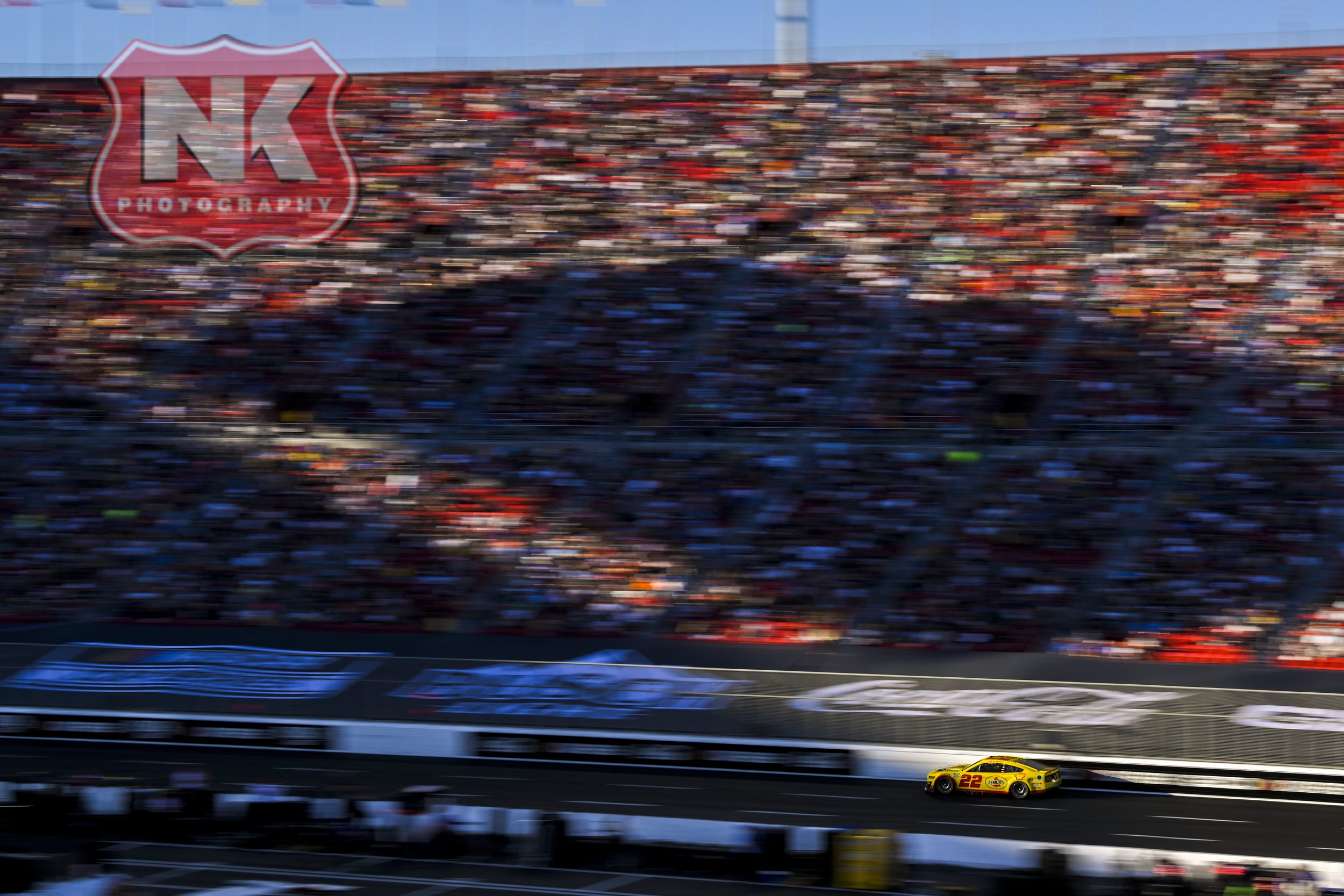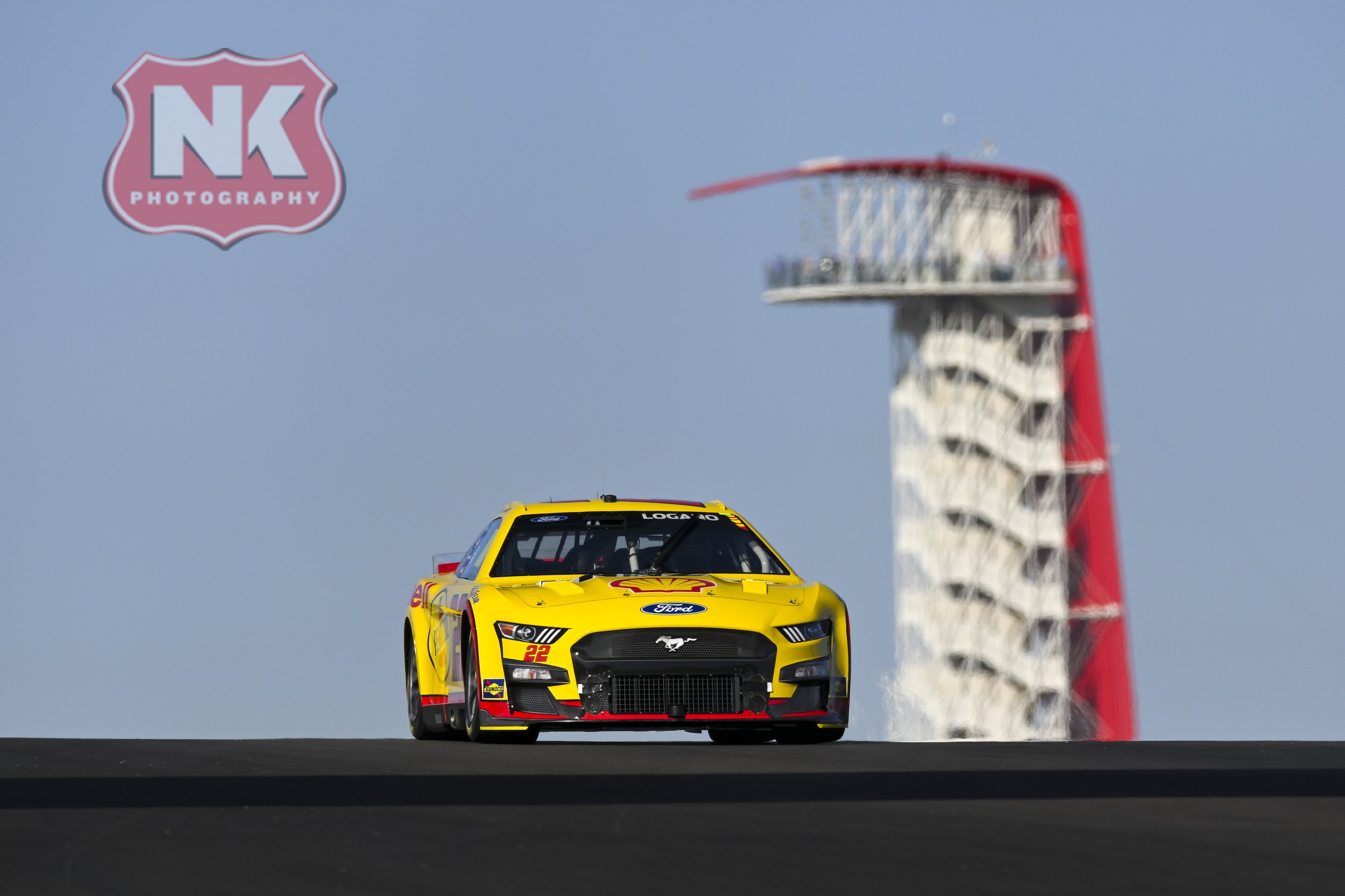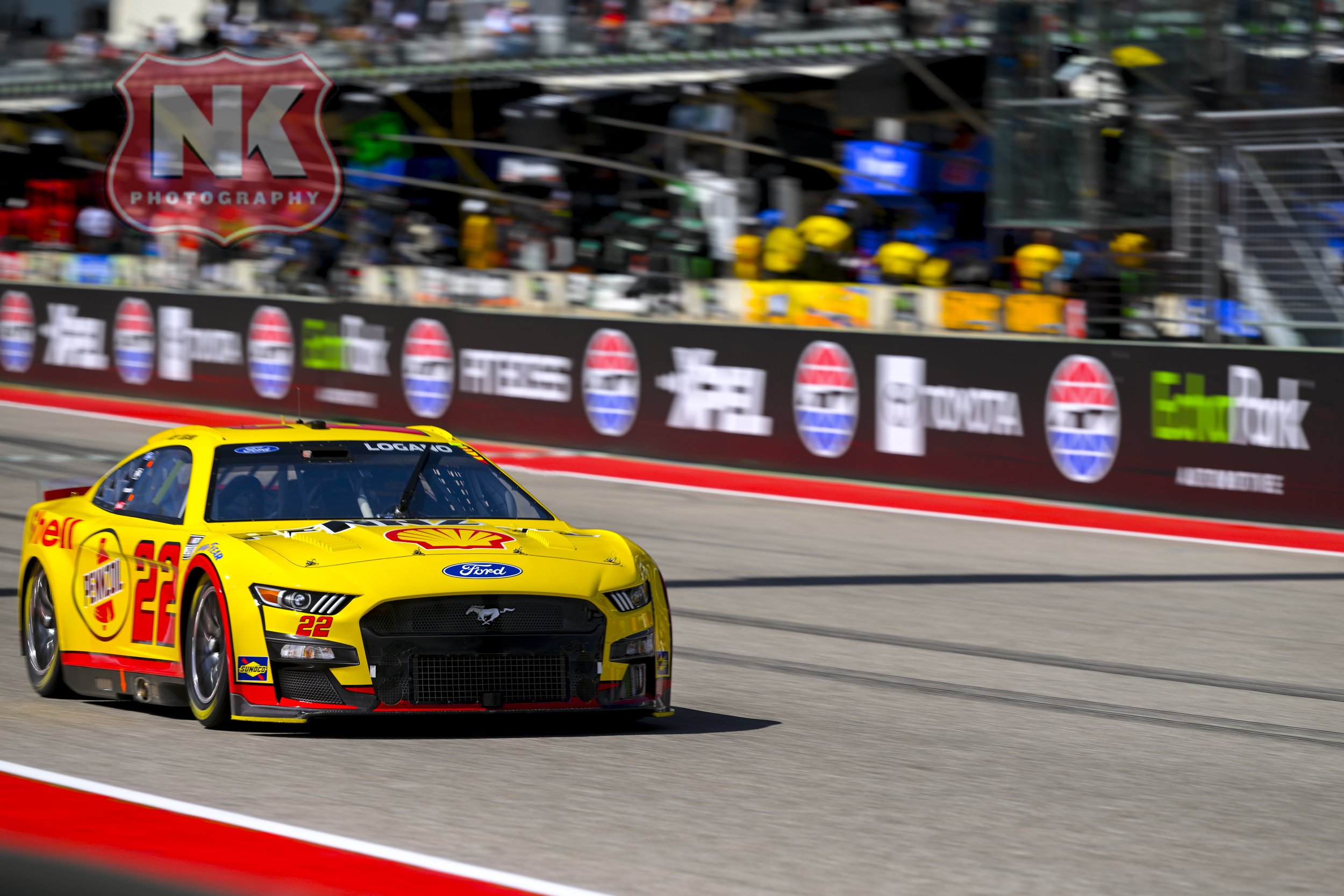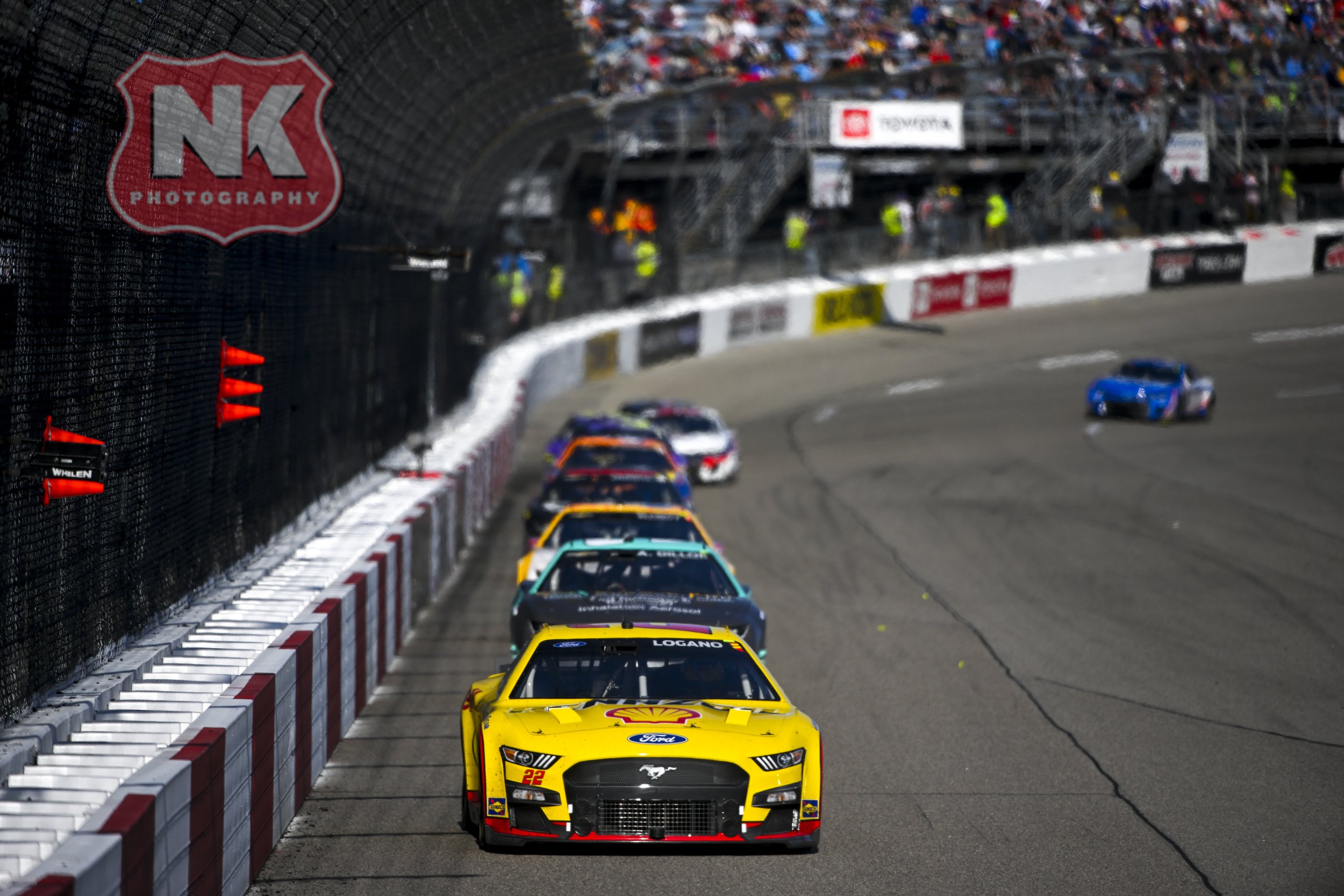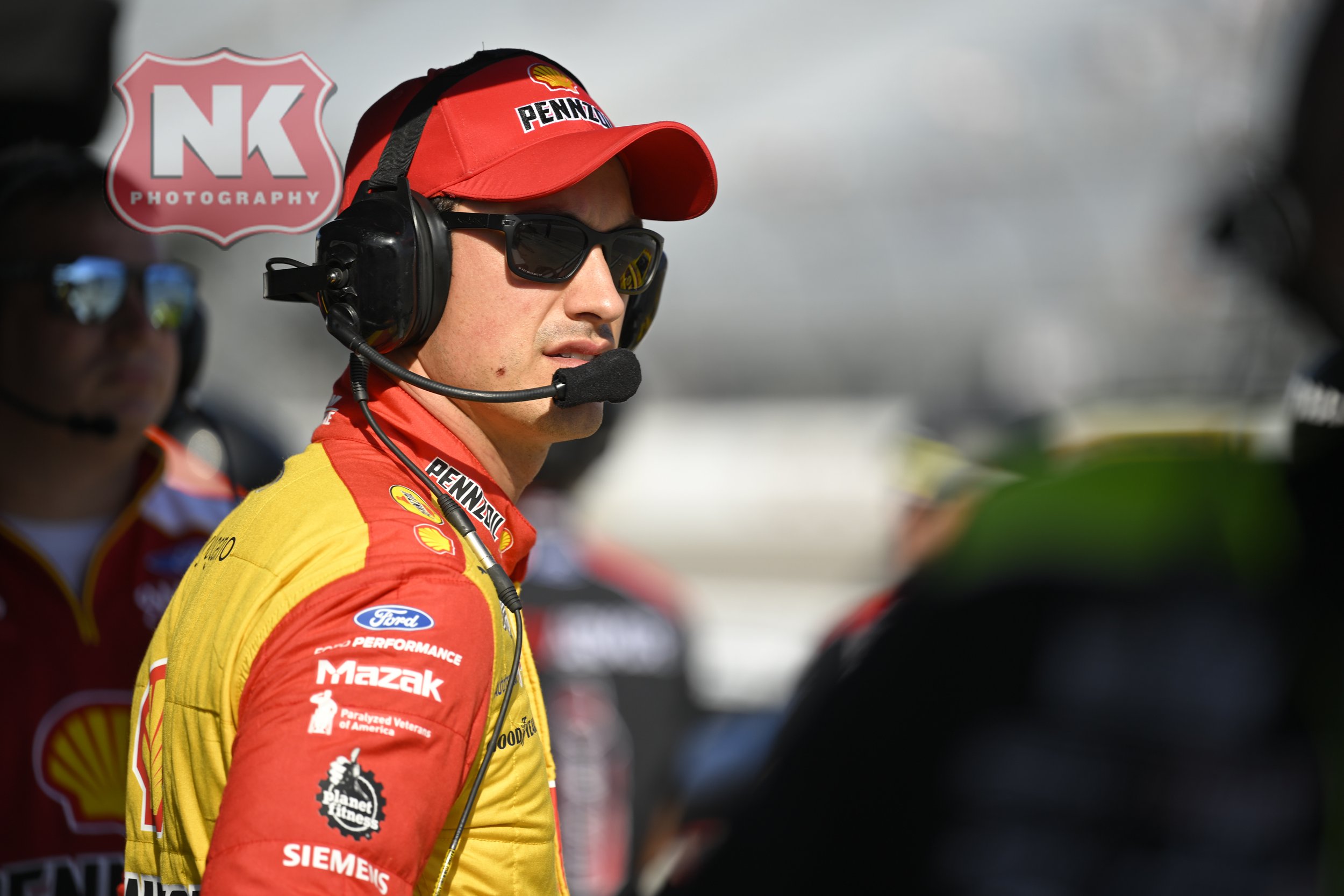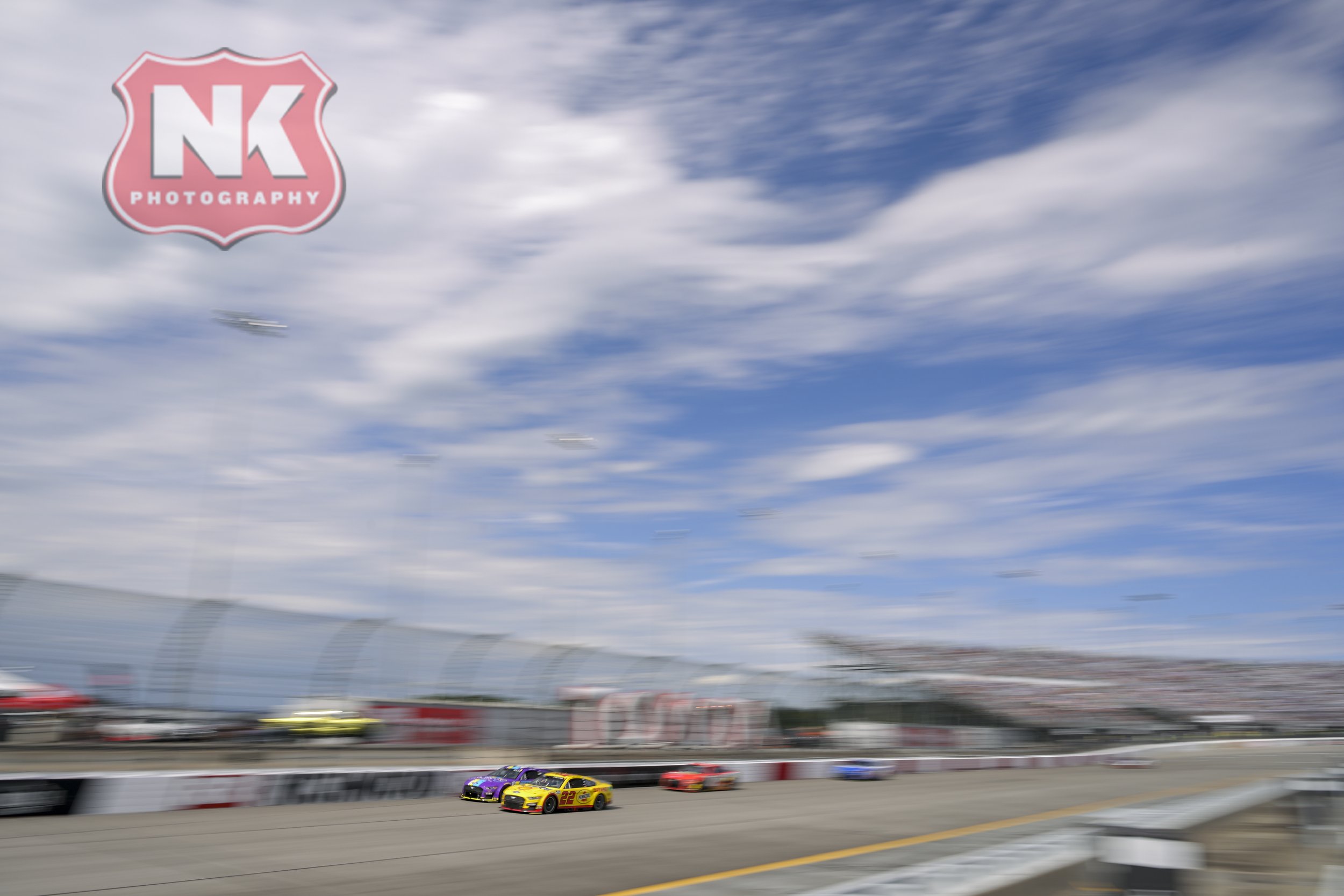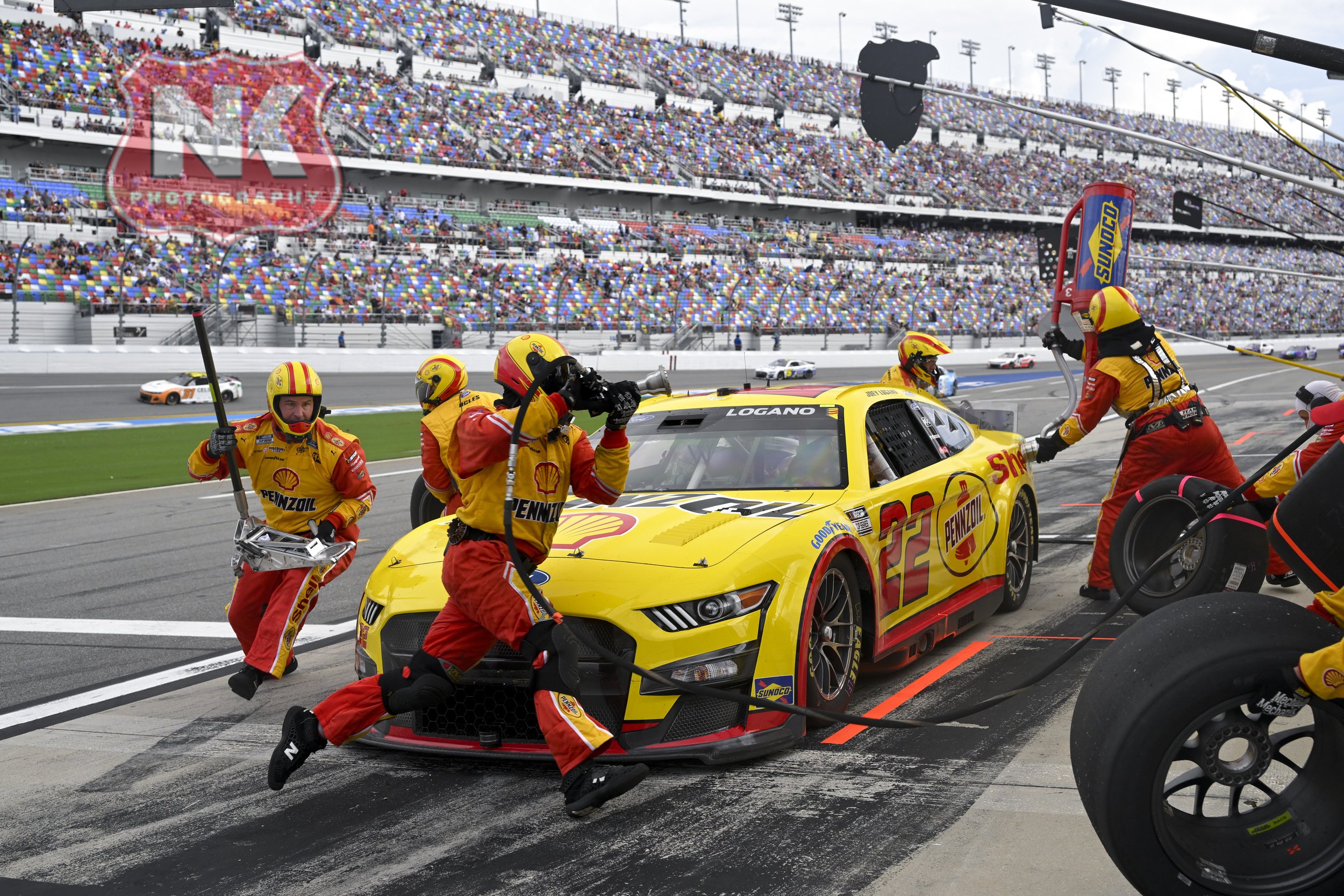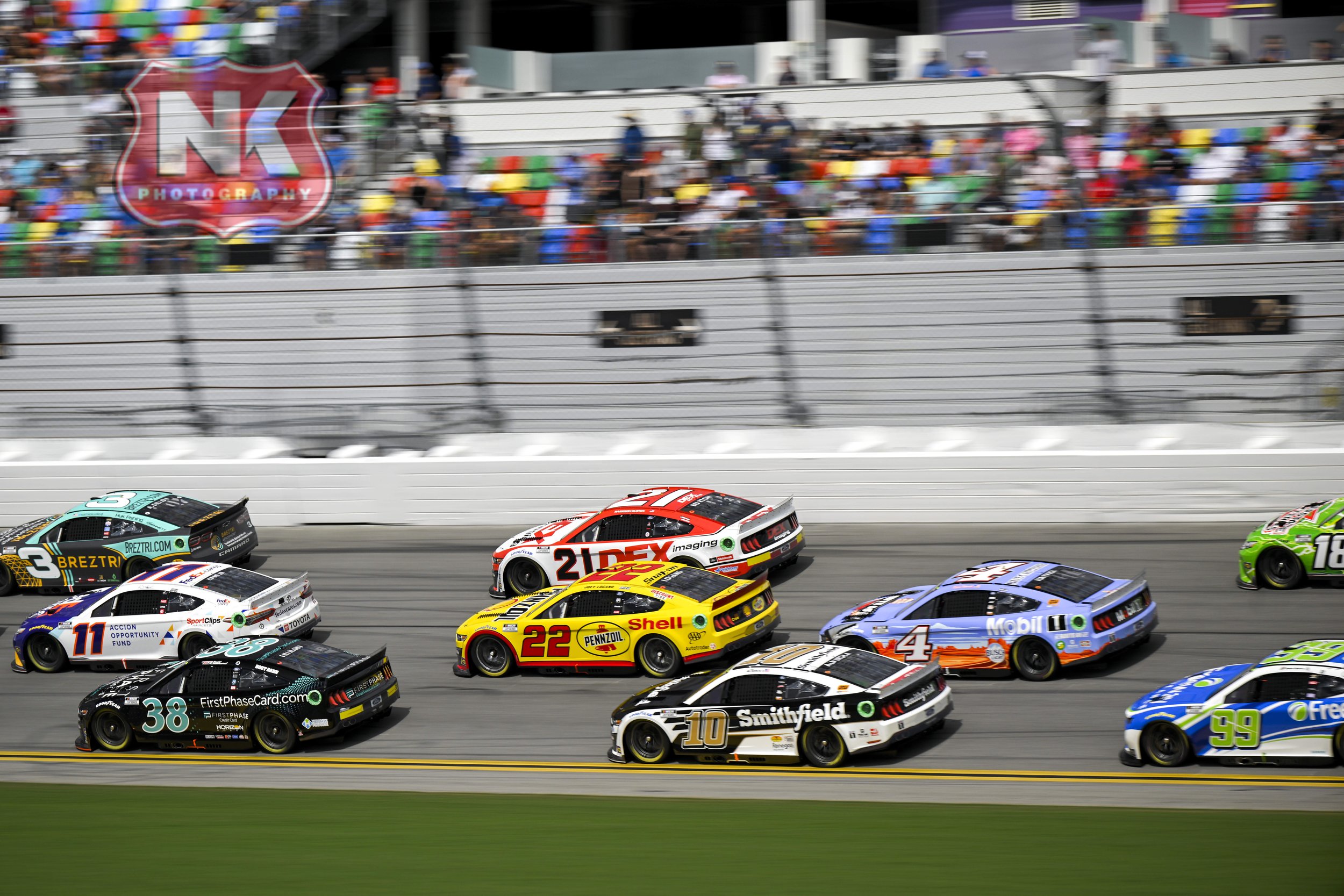Everyone loves football in the United States. While I'm not a fanboy of the sport, I enjoy it while I'm behind the camera.
From a photographer's perspective, it has some drawbacks.
1.) Access:
Holding a media credential grants me access to the sidelines but only in limited areas. I am not to interfere with any team-related activities. (As well as it should be.) Therefore, I must walk behind all the activities that occur in the middle of each side of the field. I am not allowed to shoot between the 30-yard lines. This area is where the teams, coaches, trainers, and other essential workers spend most of their time. A lot of the game takes place in these 2133 sq. yds. (50.3 x 40), which leads directly to my second drawback.
2.) Field Size:
I'm thrilled it's not as massive as the soccer pitch, but even with a very long lens covering all of the action can be a challenge. Shooting the offense starting on their 25-yard line can be done perpendicular to the line of scrimmage or from the other side of the "team zone," some 65-85 yards away. This brings me to my third point.
3.) Thinking isn't enough:
Your position choice often must rely on unknowns. The better you know the game and, in particular, the teams and players can help immensely, but only sometimes. Let me explain. It's third down and 15 yards. If the quarterback is pretty good and has at least one receiver that he trusts (has good chemistry with), chances are that the offense will line up showing a passing play, and the better you know the team, the better your chances of making some print-worthy photos. If your focus is going to be on the quarterback, then you better make sure you are on the same side as his throwing arm. (This gives a clear view of his face when he draws back his arm and opens the perspective for photos). If you're covering the receiver, your plan of being at the line of scrimmage means predicting a short pass to the side of the field where you are. Continually hoping that your view isn't blocked by the off-field players, referees, or other sideline detritus like tv people, sound people, first down markers, ball boys, or whomever else has been allowed onto the field.
This is just one thing you should think about before kneeling to push the button. Your camera settings and adjustments must be a habit and second nature because there's no time to think about that. You're working now, and it's not the time to learn your camera. And everything could change in the next few seconds, depending on what happens on the field.
Of course, there's always the possibility that you guessed wrong about what would happen. After all, the opposing team has all the information you do and probably much more. So the psychological battle can quickly liquidate your ideal plans. So I always base my plans on what I feel is the most probable thing to happen, demonstrating my fourth point.
4.) People remember the unexpected:
Interceptions, fumbles, blocked kicks, Hail Marys, and kickoff runback touchdowns happen frequently enough that people want to see them. Being unexpected, they bring a flood of emotion into the game and are memorable and exciting. The problem is that they are almost always the opposite of the probable. The interception illustrates my point specifically. Photographing an interception only shows someone catching the ball, probably with another player close by trying to do the same thing. The viewer must know enough about what was going on at the time to realize the photo isn't just a completed pass (a usual occurrence). It's a momentum-altering and game-disrupting interception. How can that be shown in a picture? There are ways, but remember, this was a fluke you weren't expecting, and chances are you weren't even in the best place to capture the moment.
But this is absolutely the photo that people expect to see. The one that the game turned on. The one people want to see, to relive the moment. And it was that moment you weren't expecting, planning for, or possibly even thought could happen.
That's part of what makes the sport fun and exasperating simultaneously.















